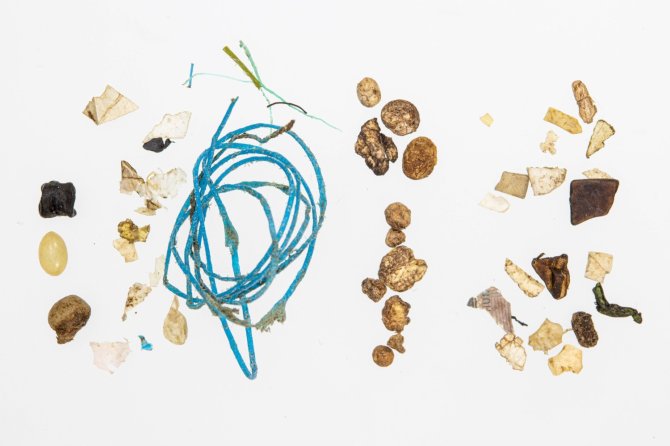
News
The fulmar: Special Issue published in German seabird journal
In 2022, the northern fulmar was elected as Seabird of the year by the German NGO ‘Verein Jordsand’. To celebrate this, a Special Issue of their journal ‘Seevögel’ was recently published, featuring the developments in research of fulmars. Eleven articles cover the history, the distribution, breeding population trends and potential threats of fulmars in the German part of the North Sea and surrounding waters.
Contribution by Wageningen Marine Research
Together with German colleagues, Susanne Kühn and Jan van Franeker from Wageningen Marine Research contributed a chapter to the Special Issue. Since 2002, a long-term monitoring program studies the plastic ingestion by fulmars in the North Sea. Throughout this time, the Dutch scientists closely collaborated with German researchers from the ‘Research and Technology Centre’ and recently with Verein Jordsand. This article covers the outcomes of the German part of the research project over the last 20 years.

Plastic pollution in fulmars from German beaches
Since 2002, the plastic mass in German northern fulmars has decreased, however, only when considering the most recent 10 years (2010-2019) this decrease is significant. During the latest 5 year-period (2015-2019), 117 birds were studied. Of these birds, 91% had plastic in their stomachs, on average 17 items per bird and the average mass was 0.27 gram per bird.

A long way to go
The EU has set the long term goal that less than 10% of the fulmars should contain more than 0.1 g of plastic. The percentage of birds with more than 0.1 g of plastics has not changed much during the entire monitoring period, being around 50-60%, however, again, recent years show a slight improvement. This means that fulmars from German coasts are still far away from this European policy goal. When projecting this trend to the future, it is likely that Germany will meet the objective in 2049, assuming ongoing efforts to reduce plastic pollution.
International context
In the international context, the German results are comparable to neighbouring countries. Plastic pollution is the highest in the Channel area and decreases towards the northern part of the North Sea. Also, a similar decrease in plastic mass throughout time can be observed in most other North Sea countries. Increased awareness and improved mitigation measures to avoid plastic pollution can further enhance the downward trend in the future.